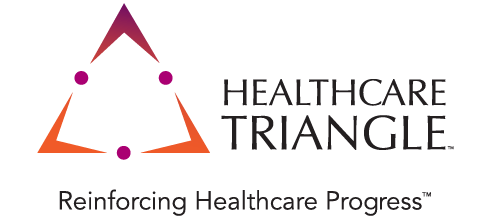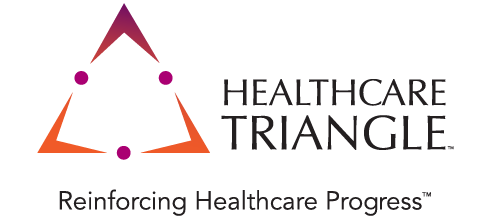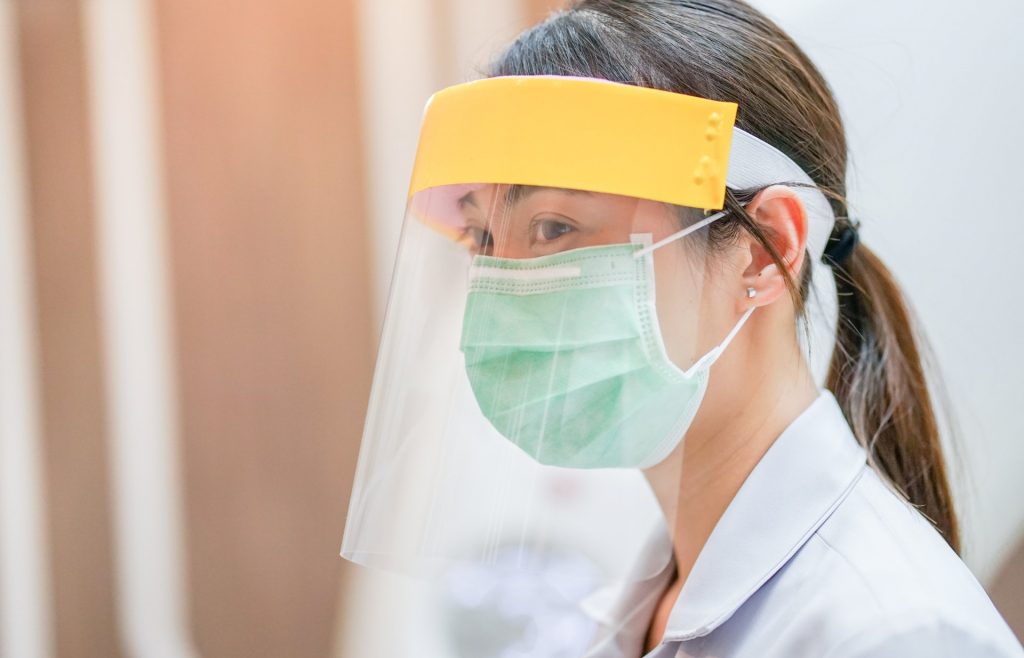Supply Chain Optimization
Healthcare Triangle
Jul 15, 2020

Supply chain improvement in the healthcare setting since the turn of the century has proven to be a major opportunity for organizations looking to reduce cost and improve efficiency. Through clinically integrated network arrangements, vendor consolidation, and other contracted partnerships, significant economy of scale, financial, and logistical benefits have been realized.
It is ironic then with many organizations capitalizing on those opportunities over the last decade or two, that 2020 has seen the supply chain on center stage, and as a major industry risk factor stemming from COVID-19. Access to the everyday supplies needed to provide and perform services (in safe and compliant manners), has been anything but a given this year. With shortages of masks, ventilators, drugs, and more being realized across the United States just as the pandemic was hitting its initial peak, we began to realize just how important some things we take for granted really are. As UCLA professor Christopher Tang said, COVID-19 was “a wakeup call for supply chains.” Urban cities like New York experienced this shortcoming acutely and without warning, while other locations across the country were left scrambling to acquire their supplies as quickly and proactively as possible. But with available inventory already depleted, dependent on travel to/from China, or dependent on rapid production from atypical US companies going above and beyond their call, it was clear the system was far from ideal.
No health entity, whether operating for profit or not, should have to experience an unavailability of supplies need to properly service their patients. And from a patient perspective, nobody wants or expects their own health and wellbeing to be dependent on their provider’s ability to acquire necessary materials. Put it this way, it made a great story, but if I were a patient in need or a worker in harms way, I certainly wouldn’t want my life to depend on a sports franchise taking it upon themselves, calling in favors, and using independent means to traverse the world and obtain necessary items.
While there is much that our healthcare system and our government programs need to do to ensure we don’t experience a repeat failure of this magnitude (i.e. regulatory change, incentives for US-based development), every organization, large or small, should also be applying lessons already learned this year, and doing what they can to mitigate their own future risk. It’s no surprise that a recent survey of health leaders pegged supply chain optimization as the #2 overall priority. I’ll close with a few that make a noteworthy, but certainly not exhaustive list:
- Solidify conventional, contingency, and crisis capacity plans (the CDC has a spreadsheet and the NIOSH has a mobile application specifically with COVID in mind, but that you can adopt for generalized supply and purchasing strategies as well)
- Brainstorm new ways to ensure that at minimum supplies of an essential nature (PPE, core patient service needs) are not disrupted
- Use technology to automate, track, and forecast inventory needs
- Explore new avenues & potential partnerships, however unlikely they may seem
- Proactively converse with private payers to thoroughly understand reimbursement expectations so as to avoid disruption to operating cash flow
- Improve coordination between resources/departments responsible for purchasing, sourcing, contracting, operations & inventory management, IT/analytics, and executive financial strategies


